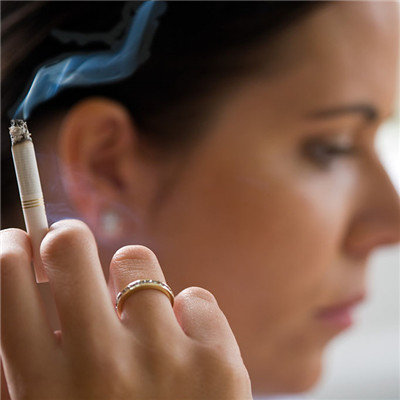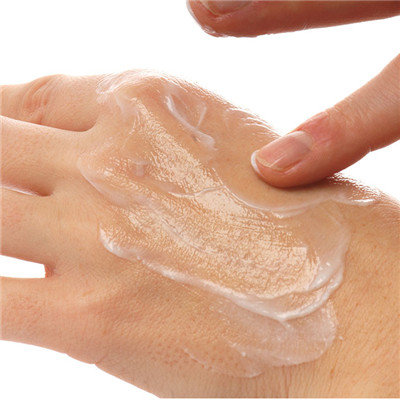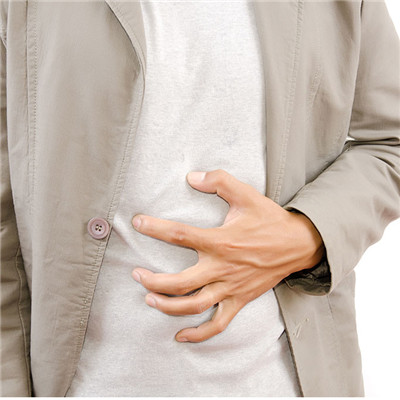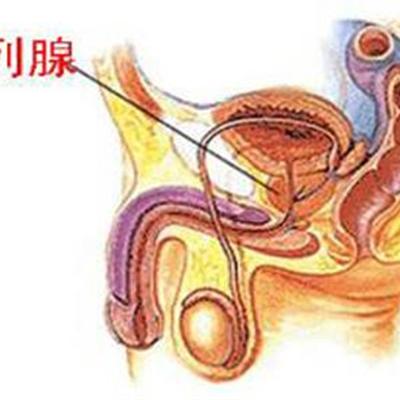Does allergen skin prick test hurt?
summary
Skin prick test is to drop a small amount of highly purified allergen liquid on the patient's forearm, and then gently prick the needle into the skin surface. If the patient is allergic to the allergen, there will be a red mass similar to mosquito bite, itching reaction or color change within 15 minutes. Does allergen skin prick test hurt? Next, I'd like to share my views with you.
Does allergen skin prick test hurt?
Reagent allergen pricking solution includes: (1) histamine (positive control solution); (2) normal saline (negative control solution); (3) house dust mite; (4) Dermatophagoides farinae; (5) feather; (6) flowers; (7) sea crab; (8) sea fish; (9) latex; (10) cigarettes; (11) Monopterus albus; Milk. (1) select the palm skin of the left forearm for pricking.

The principle is that when a certain allergen enters the skin, the patients with quick type allergic reaction to certain substances will immediately and specifically cause degranulation of mast cells in the skin, release histamine and other active substances, leading to local telangiectasia (erythema) and increased capillary permeability (edema, wheal). The positive person indicates that he is allergic to the antigen. This method uses histamine as positive control to calculate the relative reaction intensity. It is an effective method to determine the atopy (sensitive to one or more allergens) of allergic skin diseases.

The positive results were judged according to the ratio of allergen and histamine (positive control solution) to the area of wheal. The grade of reaction was (-), the ratio of no reaction or the same as the negative control was (+), the ratio of histamine wheal (positive control) was more than 1 / 4 was (+ +), the ratio equal to or greater than 1 / 2 of the range of the positive control was (+ + +), It was (+ + + +) 2 times larger than the range of positive control.

matters needing attention
① It should be carried out when there are no clinical symptoms; ② Normal saline and histamine solution should be used as negative and positive controls; ③ If the result is negative, the observation should be continued for 3-4 days. If necessary, the test should be repeated after 3-4 weeks; ④ Epinephrine injection should be prepared to rescue anaphylactic shock.















